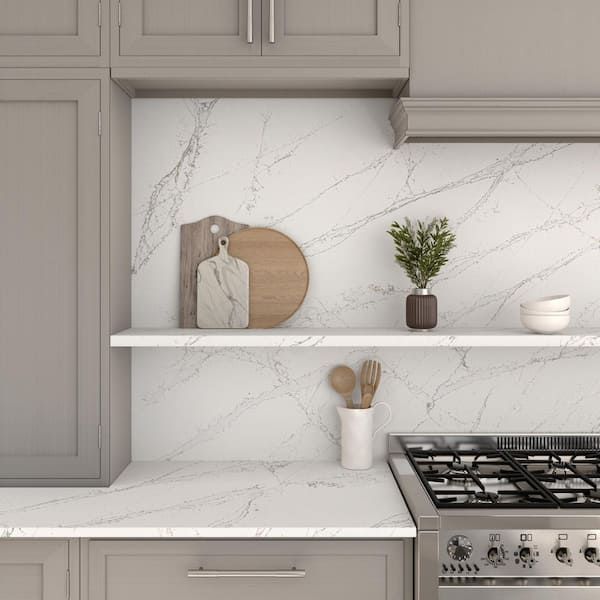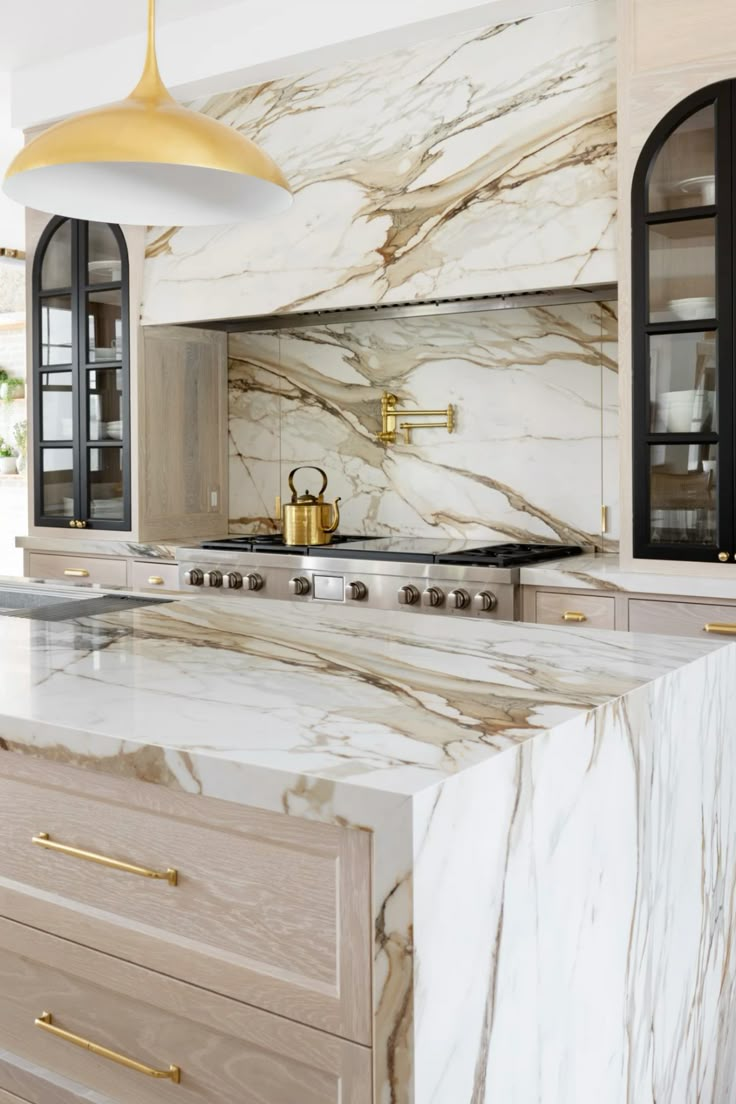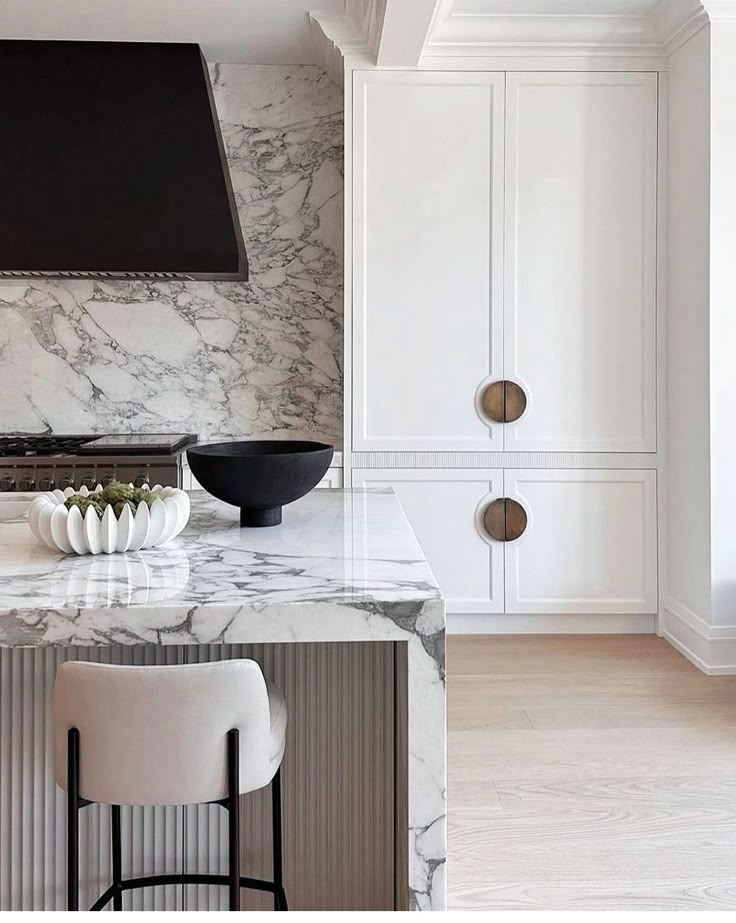Best Countertop Materials for Your NJ Kitchen

Choosing the right countertop isn’t just about looks—it’s about how your kitchen functions, how easy it is to maintain, and how well it fits your lifestyle. In New Jersey homes where kitchens serve as both workspaces and gathering hubs, your counters need to do a little bit of everything.
At My Soho Design, we guide homeowners through the selection process, helping you choose materials that elevate your space and hold up to daily use. Below are the top countertop materials NJ homeowners are loving in 2025, plus what to consider when choosing the one that’s right for you.

🔹 Quartz (Engineered Stone)
Best for: Low-maintenance, high-style kitchens
Quartz remains the go-to material for many homeowners due to its durability, variety, and ease of care. It’s made from natural stone fused with resin, which means you get the look of stone without the upkeep of marble or granite.
Pros:
Non-porous and stain-resistant
No sealing required
Wide range of colors and patterns, including marble-like veining
Cons:
Not heat-proof—use trivets for hot pans
Can be more expensive than basic granite
📖 Architectural Digest lists quartz as one of the most functional and stylish countertop choices.

🔹 Porcelain & Sintered Stone
Best for: Sleek, modern kitchens or indoor-outdoor integration
Porcelain countertops are making waves for their heat resistance, strength, and ultra-modern aesthetic. Made from compressed natural materials and baked at high temperatures, these slabs are incredibly durable and often mimic the look of marble or concrete.
Pros:
Heat-, scratch-, and UV-resistant
Lightweight and ultra-thin profile
Perfect for full-height backsplashes and wall cladding
Cons:
Fewer color options compared to quartz
Requires expert installation to avoid chipping
💡 Ideal for clean-lined, minimalist kitchens that need both form and function.

🔹 Marble
Best for: Classic and elegant kitchen designs
Marble never goes out of style. Known for its distinctive veining and cool touch, marble adds instant luxury—but requires care. It’s best for homeowners who cook carefully or want a showpiece island more than a workhorse surface.
Pros:
Timeless and upscale aesthetic
Natural coolness great for baking
Works beautifully with brass, wood, and black accents
Cons:
Can stain and etch easily
Requires sealing and gentle cleaning
📖 Consumer Reports gives marble high marks for beauty—while noting its upkeep demands.

🔹 Quartzite
Best for: Natural stone lovers who want strength and subtle patterning
Quartzite is a naturally occurring stone (not to be confused with quartz) that delivers the organic beauty of marble with the durability closer to granite. It often features soft veining and is more resistant to scratching and heat than marble.
Pros:
Harder and more durable than marble
Natural stone with elegant, light patterning
UV-resistant for sunny kitchens
Cons:
Typically more expensive
Still requires sealing
💡 Great for those who want a luxe, natural look but need more durability than marble provides.

🔹 Granite
Best for: Traditional kitchens and high-traffic homes
Granite has long been a favorite in New Jersey kitchens for its strength, color variation, and classic appeal. It’s 100% natural and, with proper sealing, holds up beautifully to daily use.
Pros:
Heat and scratch resistant
Natural pattern variation means no two slabs are alike
Adds long-term resale value
Cons:
Needs sealing to prevent staining
Some colors or patterns may feel dated in modern kitchens
💡 Ideal for homeowners who value natural beauty and don’t mind occasional maintenance.
🧭 Making the Right Choice
Here’s a quick reference to help guide your selection:
| Want this? | Choose this: |
|---|---|
| Low maintenance, design versatility | Quartz |
| Heat-proof and ultra-durable | Porcelain |
| Timeless, luxurious feel | Marble |
| Natural stone with better durability | Quartzite |
| Strength and unique natural color | Granite |
At My Soho Kitchen Cabinets, we’ll help you weigh the pros and cons of each material based on how you cook, live, and style your home. You’ll see real samples, explore color pairings, and select a surface that’s made to last.
